For a long time, the DSLR was at the apex of the camera world. They were sitting pretty at the top of the mountain, favored by photographers worldwide. DSLR cameras were jewels in the crown of all the top camera manufacturers.
But now, the DSLR era is entering its winter season. And the sun is setting on this once impervious camera system. Mirrorless cameras are now taking their place at the top of the camera world. But are DSLRs dead and buried?
This post is our take on the DSLR situation. We’ll look at what’s happening now and what the future might hold for DSLR cameras.
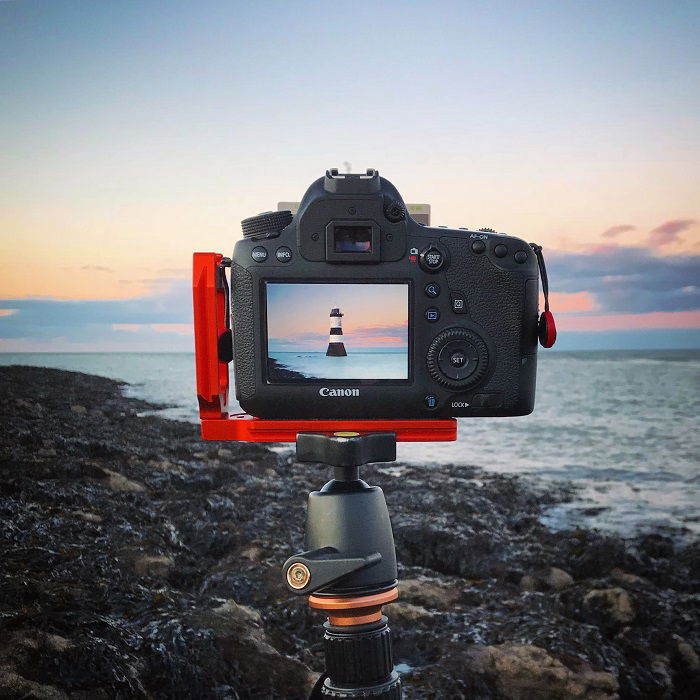
Are DSLRs Dead?
The DSLR is a digital version of the old SLR film cameras. SLR stands for “single-lens reflex.” This refers to the shutter and mirror mechanism used to capture the image.
A series of mirrors allow you to look through the lens using the viewfinder. When you take the picture, the shutter lifts to capture the image. With SLR cameras, the shutter lifts, allowing light onto the film. With DSLRs, the light goes to the digital sensor.
You can find both crop sensor and full frame DSLR cameras. And Nikon and Canon have DSLR models for beginners, enthusiasts, and professional photographers. They have a reputation for being reliable machines with excellent image quality.
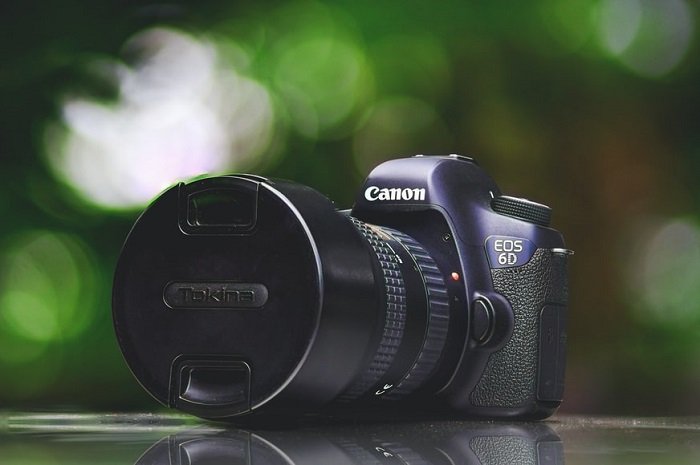
End of DSLR Development
Canon announced that the Canon EOS 1D X Mark III would be their last DSLR release. This announcement came shortly after Nikon made a similar decision to stop producing DSLR cameras.
Canon and Nikon were the champions of the DSLR systems. They had the best DSLRs for beginners with their Canon EOS 7D Mark II and Nikon D3500.
And they proudly advanced DSLR technology with their professional-grade cameras. The Canon EOS 5D Mark IV and the Nikon D850 were once the best money could buy. But the EOS 1D X Mark III and Nikon D6 will be their last flagship DSLR cameras.
The professional-grade cameras are the peak of DSLR technology. The image quality is unquestionable. They have excellent functions, like rapid continuous shooting speeds. And autofocus systems were fast and always reliable.
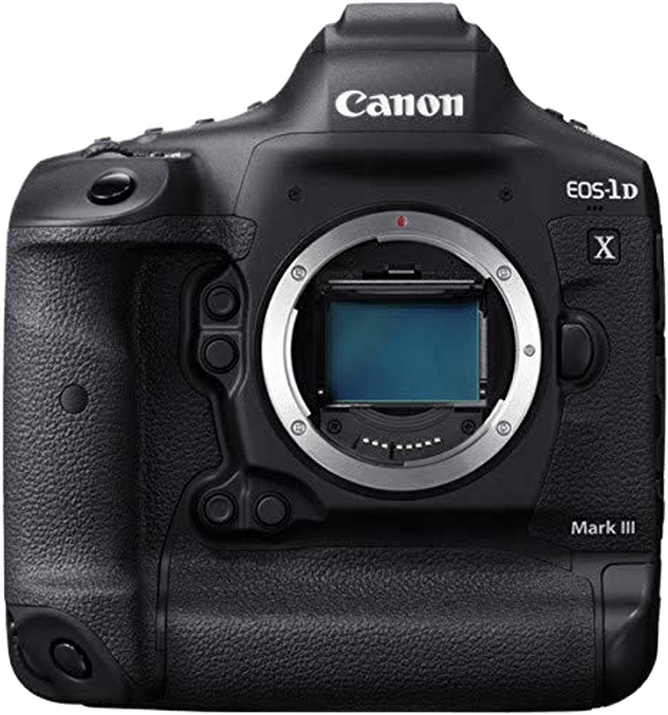
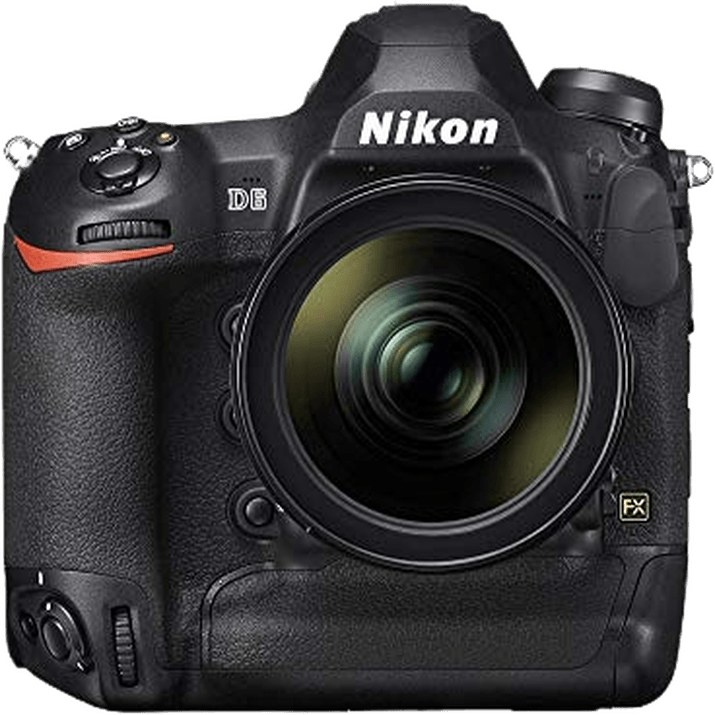
But it seems DSLR development has hit a wall. The body and structure of a DSLR present limitations. And the autofocus systems seem as good as they’ll get in DSLRs.
Canon and Nikon both introduced Dual Pixel autofocus systems. The best examples are the Canon EOS 6D Mark II and the Nikon D780. But this AF system can only be used in Live View, meaning you can’t use the optical viewfinder.
Canon, Nikon, and Pentax have looked into adding in-body image stabilization to their DSLRs. But the mechanical system doesn’t make it easy.
Adding a stabilization system to the sensor creates a disconnect. This means what you see through the viewfinder might not match the final image.
The Rise of Mirrorless
While the bitter cold of winter approaches for the DSLR, it’s springtime for mirrorless cameras. Over the last few years, they’ve become the talk of the photography town. And camera manufacturers are turning their attention to mirrorless.
Nikon and Canon have only recently gone full mirrorless. But Fujifilm, Olympus, and Sony have focused all their energy on mirrorless cameras for a long time. Fujifilm and Olympus produce excellent beginner to high-end enthusiast mirrorless models.
Sony made the first big waves in the mirrorless division. Their Alpha series has pushed the limits of mirrorless technology. The Sony a7R IV is a prime example, with its 61 MP image sensor.
And there are even mirrorless cameras like the Fujifilm GFX 1000S with 100 MP sensors. No DSLR comes close to that!
Mirrorless cameras have also made headway with autofocus and image stabilization systems. The lack of a mechanical shutter gives developers more freedom with electrical components. And these advancements have drawn a lot of attention from photographers.
Fujifilm and Sony haven’t left Nikon and Canon behind. Both brands have been releasing mirrorless cameras alongside their DSLR options. The Nikon Z9 and the Canon EOS R3 are two of the best mirrorless cameras on the market.
Despite these brands producing both camera types, the wind only blew one way. And the termination of the DSLR lines is the victory bell for mirrorless cameras.
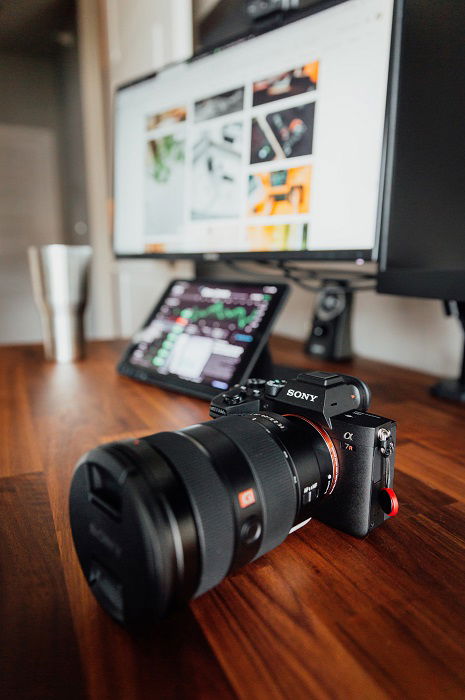
What Makes Mirrorless Cameras So Great?
One of the first things you’ll notice is the size and weight of a mirrorless camera. Most mirrorless cameras are smaller and lighter than DSLR bodies. Without the mechanical parts of a DSLR, a mirrorless can have a smaller camera body.
Image resolution and sensor sensitivity have garnered a lot of attention. DSLRs top out at around 45 MP (megapixels). Only the Pentax 645z, Canon EOS 5DS, Canon EOS 5DS R, and Nikon D850 beat that.
But upwards of 50 MP has become standard for full frame mirrorless units. The Sony a7R V has a whopping 61 MP resolution.
Mirrorless cameras also have excellent autofocus systems. DSLR AF systems only offer limited coverage of the frame. But some mirrorless options now have full frame AF coverage. And this includes face and eye detection.
Built-in image stabilization is another area where mirrorless has taken the lead. The viewfinder and sensor are both digital. So you can have an image stabilizer that stays true to the projection on the viewfinder.
The built-in stabilizers also mean you can shoot action and low light with better-quality results.
Mirrorless cameras use a digital shutter. This means they can shoot without making a sound. Many people like the clunk of a DSLR shutter. But sports and wildlife photographers appreciate the benefit of a silent shutter.
The digital shutter also allows for quick burst and shutter speeds. The quickest you’ll get out of a DSLR is about 15 frames per second (fps). But some mirrorless cameras now have continuous shooting modes with a speed of 30 fps.
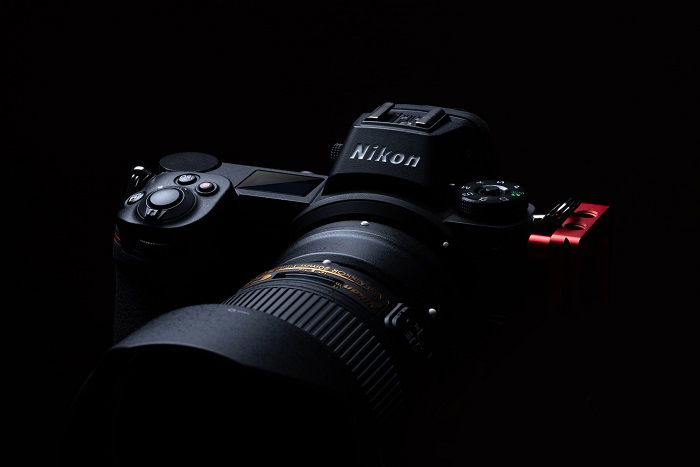
The Enduring Popularity of the DSLR vs Mirrorless
Over the last decade, DSLRs and mirrorless cameras have been going toe to toe. Recently, the mirrorless camera has gained the upper hand. But the DSLR is still in the fight. They’re up against the ropes, but they can still throw a few punches.
Camera companies might be moving away from DSLRs. But the DSLR market remains a vibrant place for digital photographers. From beginners to professional photographers, DSLR shooters love their cameras.
DSLR cameras are reliable machines. They’re durable and built for a life of work. The DSLR is the workhorse of the camera world.
Some might see the mechanical elements as a drawback. But physical components often prove more reliable than electronic ones.
Mirrorless models have a reputation for freezing. Their circuits get overloaded, and the camera freezes. It’s usually just a case of turning it off and on again. But that can be costly when you’re on the job. It wastes time, and you could miss your shot.
Electronic components may be small and lightweight, but they generate heat. So that can cause problems in the smaller camera body of a mirrorless.
The Canon EOS R5 is one camera that can overheat. When you’re shooting a video at full definition, you’ll feel it getting warm.
Many mirrorless cameras have higher image resolution. But some see the high megapixel count as overkill. The image quality of a Nikon D750 or a Pentax K1 II is still excellent. And the resolution is more than enough for professional editorials or print publications.
Nikon and Canon DSLRs have excellent selections of lenses available. The DSLR lines have been running for years. And both companies have been releasing lenses throughout that time. Their mirrorless lens ranges don’t have the same number of options.
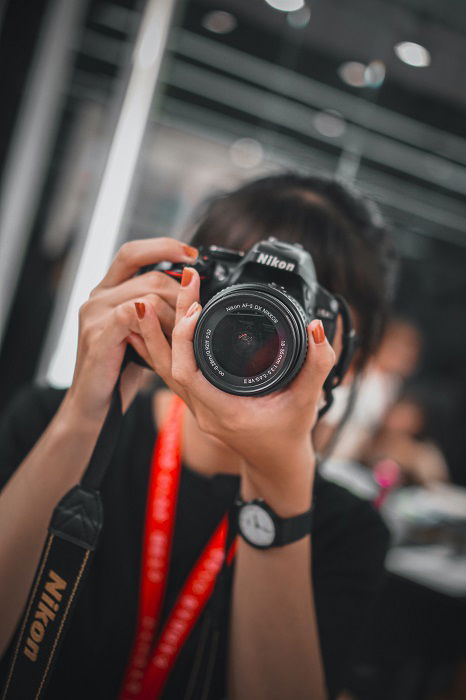
Why the Decision to Go Mirrorless?
We don’t believe Nikon and Canon are stopping their DSLR lines due to a lack of interest. It’s a response to their competitors and the camera phone market. They don’t want to fall behind with innovation. And all the innovation hype surrounds mirrorless.
It’s a rash move. And one that seems unnecessary. DSLR users have been calling for new features and functions to improve the user experience. It would also strengthen their appeal against mirrorless competitors. But these requests have gone unanswered.
They could create smartphone apps that actually work. Or they could develop in-camera apps for ease of sharing images. Internal storage would be a huge benefit. And multimedia makers would love wireless capabilities for mics, headphones, and flashes.
These are just a few additions that could help keep the DSLR competitive in the digital camera market. But Nikon and Canon are following the mirrorless trend. They can feel the wind blowing in a certain direction. So they’re following it.
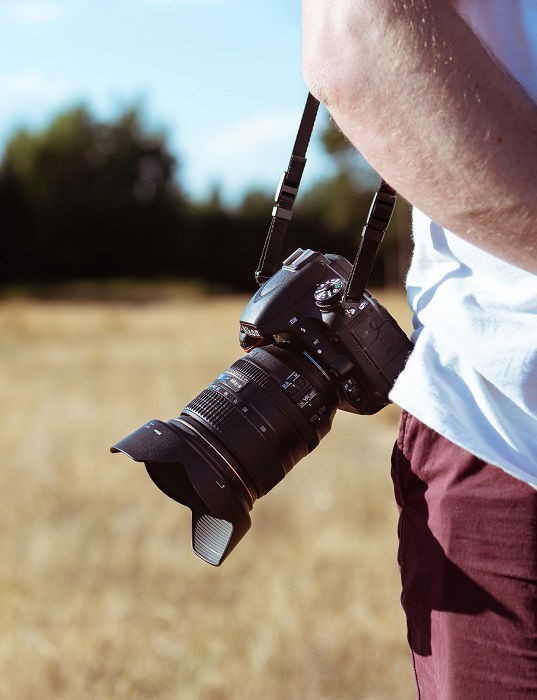
Do We Still Recommend DSLR Cameras?
Yes we do. We know DSLRs can not compete with mirrorless cameras in many areas. The burst rates are faster, the video features are more advanced, and they are lighter and more compact. But DSLRs do the basics well, and sometimes that’s all you need.
We can’t deny some photographers will be better off with a mirrorless machine. Professional sports photographers are the first that come to mind.
But many photographers don’t need rapid-fire burst rates or astronomical image resolution. All they want is a reliable camera that produces excellent results. That’s a DSLR.
DSLR Lenses
The wide array of compatible lenses is one major reason to stick with DSLR cameras. All the top camera brands produce fantastic lenses for their new mirrorless lines. But they don’t yet have the numbers to match their old DSLR collections.
Canon’s EF catalog has lenses of every shape and size. They have affordable lenses for beginners and advanced lenses for pros. They have primes and zooms, and they have wide-angle and telephoto. No matter what style of photography you’re into, there’s a Canon EF lens to match.
See all the best Canon EF lenses right here.
Nikon’s F-range of lenses is just as extensive. Whether you’re a street photographer or a wildlife photographer, you have plenty of compatible lenses for your Nikon DSLR. The variety is only matched by the quality.
Check out our full list of the best Nikon F lenses by clicking this link.
Pentax are another DSLR producer with lovely lenses. They don’t have the same extensive collections as Canon and Nikon, but they cover all the main photography bases. The lenses are top quality, too.
See our full list of the best Pentax lenses.
Our DSLR Recommendations
DSLR stocks are dwindling, but there are some great models still available. We have no hesitation in recommending some of our favorite DSLR cameras you can still buy brand new.
You can see our top DSLR picks in the table below with the reasons we’ve picked them. You can also check out our full article on the best DSLR cameras.
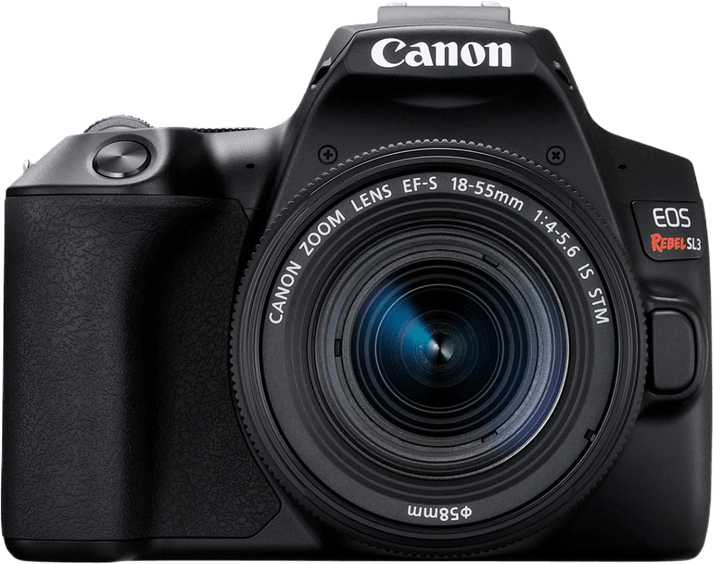
- Bright, vibrant images from the 24.1 MP sensor
- 4K video recording and webcam functionality
- Reliable autofocus system with eye-detection and tracking
- Vari-angle touchscree and Live View
- Wi-Fi connectivity for easy media sharing
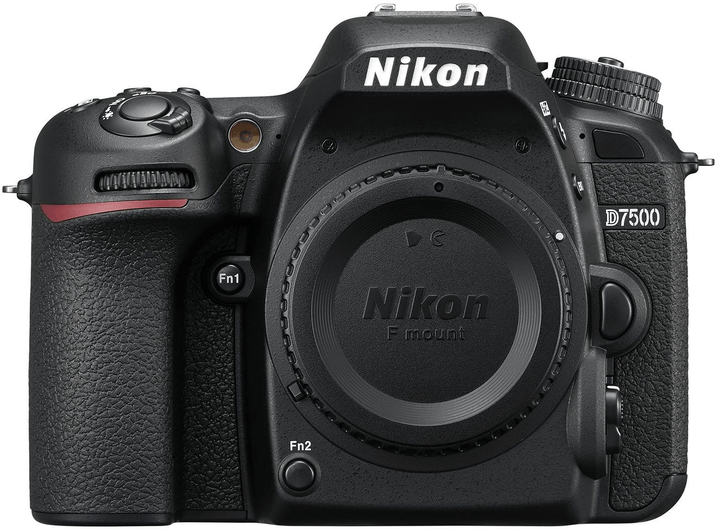
- Great value for money
- Smaller, compact DSLR body
- Easy to handle and hold
- Long battery life
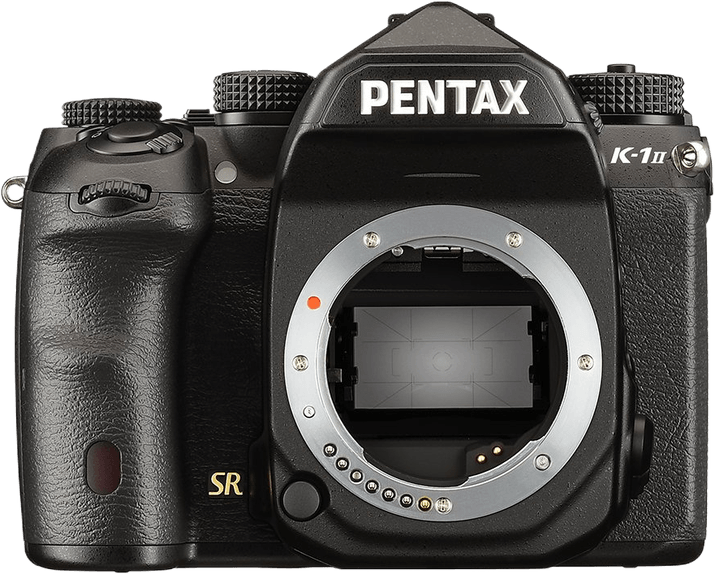
- Plenty of manual controls
- A wide ISO range for low light
- 5-axis Shake Reduction II worth 2.3 to 3.6 shutter stops
- Dynamic Pixel Shift resolution provides sharper images
- Astrotracer tracks stars at night
- Durable camera body with excellent weather sealing
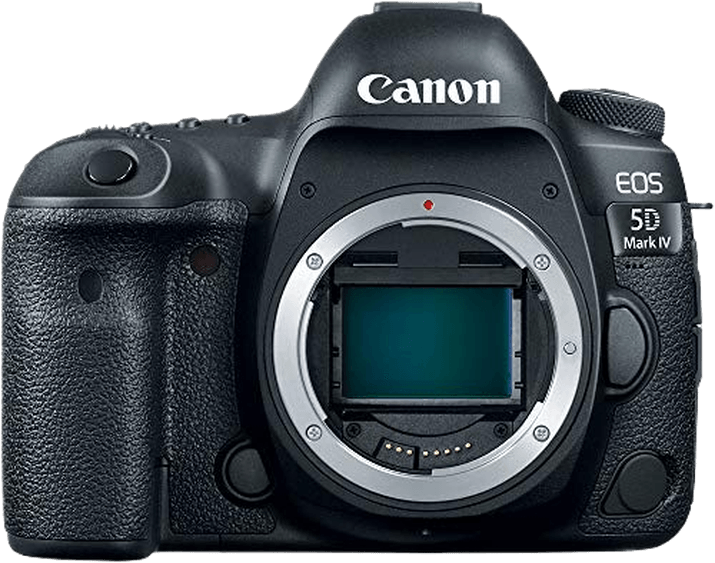
- 30.4 MP full frame CMOS sensor
- Up to 7 fps continuous shooting
- 4K video recording
- 61-point AF system
- Dual Pixel RAW support
Conclusion: Are DSLRs Dead?
DSLR cameras are not dead. The top manufacturers may be moving away from DSLR production. But they’re not dead and buried yet. Their popularity will endure over the next few years. And mirrorless cameras haven’t been able to give the knock-out blow.
If you’re a DSLR user and love the results, there’s no reason to change. And if you’re looking for a new camera, DSLRs are still excellent machines. They’re reliable and produce superb results at all levels.
The DSLR is definitely on the way out. But there’s still some fight in the old dog. You’ll see photographers of all types still using DSLR cameras for years. And good cameras could go up in value. The future doesn’t look great for DSLRs, but they’re not dead yet.
You check out our Photography Unlocked e-book to get the most out of your camera, no matter what kind it is!



